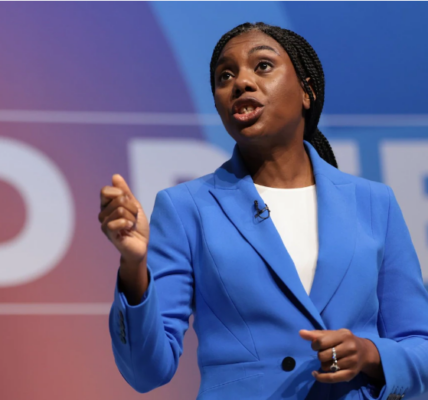The amount of small boat migrants heading to the UK come from many different countries – though some more than others.

A map has revealed the top countries arriving in small boats to the UK (Image: Getty)
It has been well over a year since Sir Keir Starmer walked into Downing Street pledging to “smash the gangs” organising small boat crossings. However, the Prime Minister has failed to curb the ceaseless tide of illegal migrants arriving on our shores.
The most recent official figures show 57,643 people have come to the UK by small boats since Labour took power in July last year. The 10,000 mark of illegal migrants crossing the Channel was reached before the end of April, more than a month earlier than the year before. In September 2025 a single dinghy brought 125 migrants to Britain – the largest number a small boat has carried across the Channel.

In September a single dinghy brought 125 migrants to Britain (Image: Getty)
Where are the small boat migrants heading to the UK from?
A telling map has revealed the top eight nationalities entering the UK by small boats, with countries from across the world attempting to enter the UK via small boats since 2018, though some more than others.
A whopping 25,000 have arrived from Iran since 2018 – more than from any other country.
Since 2018, nationalities from around the world have attempted to enter the UK via small boats, though some have done so more than others. Iranians made up the majority of those crossing the Channel in 2018 and 2019.
In these years, 233 and 1,208 Iranians entered the UK, respectively. These numbers swelled to a high of 8,253 in 2021 and have since dropped to 4,137 in 2024.
The ONS predicts that 70,000 Iranian-born people will be living in the UK in 2021. Add this to those who have arrived in small boats, and there could well be close to 100,000 Iranian-born people already here.
Why are so many Iranians coming to the UK by small boats?
Since the Islamic Revolution in 1979, it is estimated that between 150,000 and 200,000 Iranians have left the country every year.
Iran also has a highly repressive government. People who oppose or criticise the regime — even mildly — risk imprisonment, torture, or execution, with women facing systemic discrimination and legal inequality.
In 2021, a whopping 8,253 Iranians entered the UK by small boats—the number decreased slightly to 4,137 in 2023. However, despite this, in 2024, Iran was the third most common nationality of people claiming asylum, after Pakistan and Afghanistan.
Meanwhile, in 2022, the number of Albanians entering by small boat increased by 1409% on the previous year resulting in a rapid increase in crossings and government action to deter them in future.
By 2023, the number of Albanians had fallen significantly, this could be down to the UK government signing a cooperation deal with Albania designed to deter and disrupt illegal migration in December 2022.
Despite Libya, Yemen and Somalia all being considered fragile or conflict-affected states, these countries do not record a massive amount of asylum seekers in comparison to Pakistan, Iran and Afghanistan.
Approximately 3,062 Somalians claimed asylum in the UK in the year ending June 202,5, whilst Yemen recorded 2,633.
Meanwhile, Libyans tend to seek safety in neighbouring states such as Tunisia, Egypt, or Algeria, where they have more in common, such as language and culture.
As of 2024, there were significant numbers of crossings made by Afghanistanis, Syrians, Iranians, Vietnamese, and Eritreans, with large numbers coming from Sudan, Iraq and Turkey.



